Fashion career: Interview with Sandy Armeni – Fashion Director at Harper’s Bazaar Greece
Sandy Armeni is the Fashion Director at Harper’s Bazaar Greece. She was born and raised in Greece, and has had a wonderful career in the publishing and styling world. Learn about her story below!
Walk me through your career path.
Patricia Field discovered me in Greece. At the time, I was doing production for a music channel, and didn’t realize styling was a career. Patricia liked my personal style, and told me I had potential to be a stylist. She recommended I move to New York and pursue this, and that’s what I did! I worked as a Styling Assistant, where I helped Patricia in her store with merchandising, dressing celebrities for events and with special projects.
The special projects included, styling the M.A.C. Cosmetics campaign or styling the clothes for a TV show. There were multiple projects going on at once. We also did a fashion show together during Greek fashion week. I got a taste of everything from runway to personal clients to movies & TV. It showed me what the potential is, and where I want to be. Harper’s Bazaar Greece knew of me and my career through Patricia Field. They reached out to me and said they were interested in working together. I started working with them as a fashion editor, and last year, I became Fashion Director.
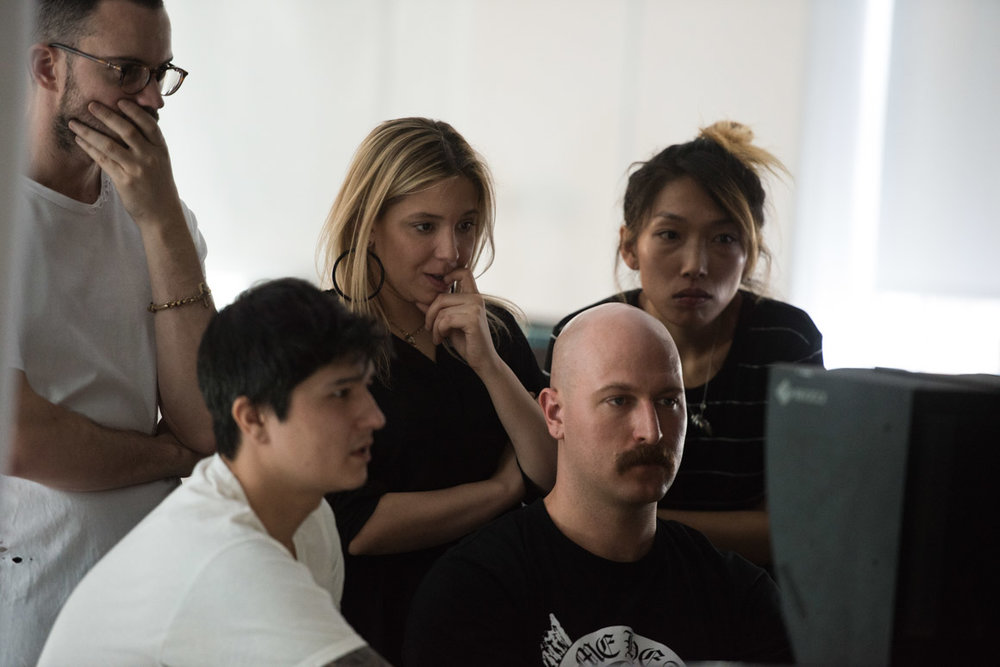
What are the responsibilities in your current role, Fashion Director at Harper’s Bazaar Greece?
I go to all the fashion weeks. I see the trends and we decide who will be on the cover. We have a message of female empowerment, which I love working with.
When you go to a fashion show, what are you paying attention to and thinking about?
I notice the details, and I make stories from them. I’m thinking, how would I shoot this, and what’s the story behind it? When fashion week is over, I put together trend reports. I love figuring out how to present powerful women and shoot the trends in an interesting way.
What is your role backstage at a runway show?
It depends on the show. Sometimes I want to go before the show and say hello to the models if I know most of them, but it’s hectic backstage. It’s also such a jam-packed schedule for fashion month, so there isn’t much time to go backstage. It’s more of an in/out experience.
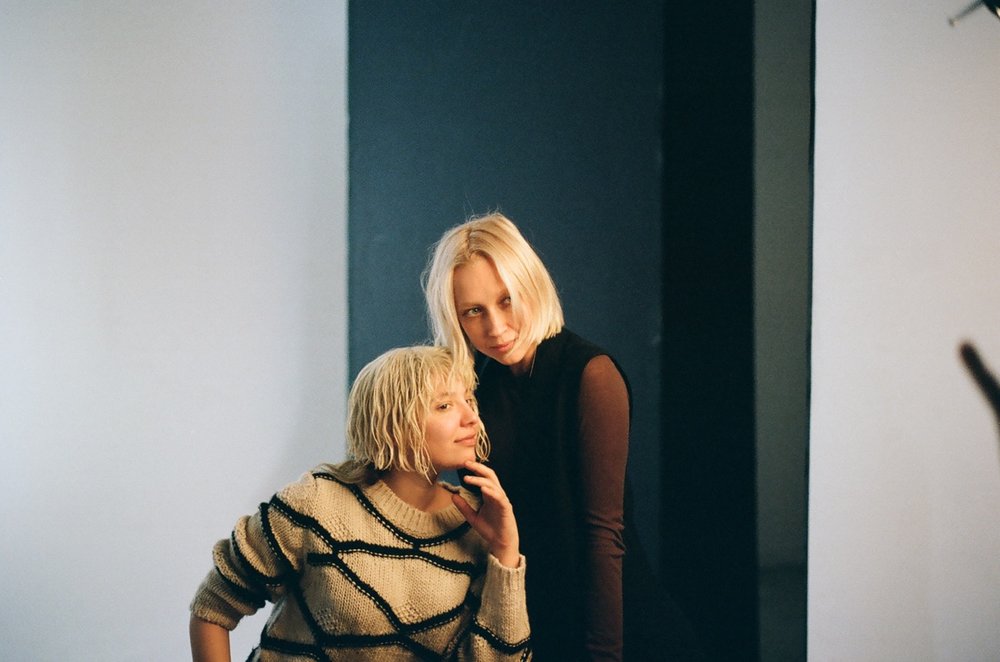
What does a market appointment look like for you?
When the show is over, the next day or the day after, I will do a resee. A resee is when the fashion editors, fashion directors and others from the magazine go and see the clothing in person. This is my favorite thing, because I see the garment and the work behind it, I can touch it, see the stitching and texture.
This helps me to develop the story I will tell about them. The pieces look different on Vogue.com and in real life. It’s great to catch up with colleagues at the brands and hear the inspiration for the collection from the designer.
What is the future of print vs. digital?
I think print will still exist, but I think it’ll be a better printing quality. Some of the magazines will have 6 instead of 12 issues a year, but the quality and stories will be better, and the other 6 issues will be online. I think in the next 5 years, it’ll be more luxurious. It’ll be similar to books, you can get books on your phone, but people still like to have the real book and touch it. People will buy magazines to have them and save them as a collector’s item. I work 90% in print and 10% in digital.
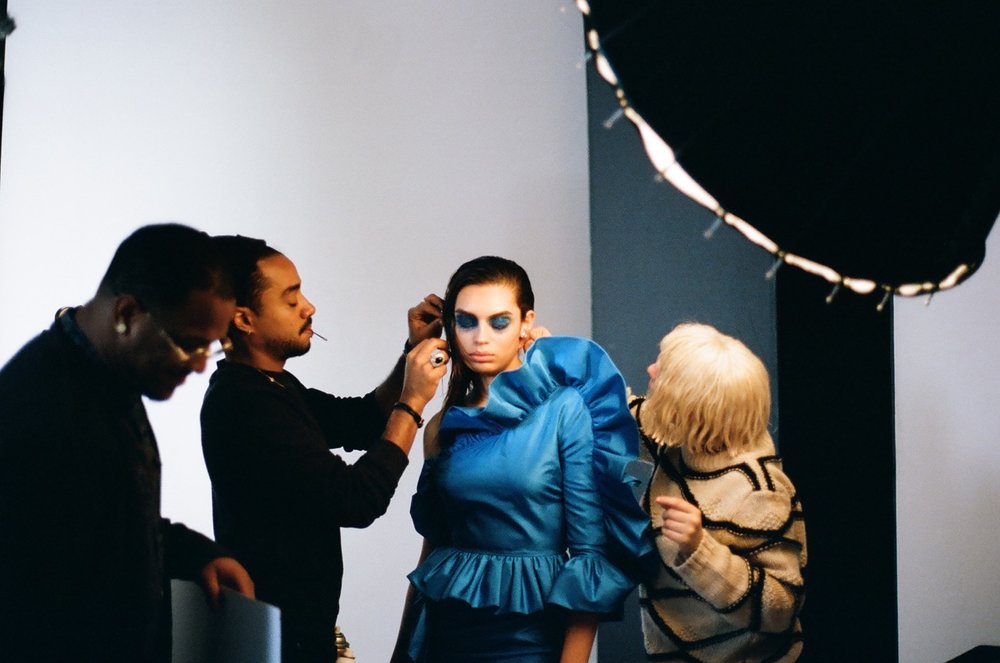
Did you always want to work at a magazine?
No, my parents have a printing business, so I grew up in this world. I always loved paper, but I never thought I would be a part of that.
What does your day-to-day look like?
It depends on the day. When working on a shoot, I talk to the magazine, and they approve the trend, idea, model, hair, makeup and photographer. We request the clothing for the shoot, which takes 3-4 days to arrive. Once we receive the clothing from the brands, we go to the studio or location the next day. Shoots normally last 10-12 hours. After the shoot is complete, we pack everything up, and the next day, we return the goods. Every time I open a garment bag, it’s like Christmas, since the pieces are so beautiful.
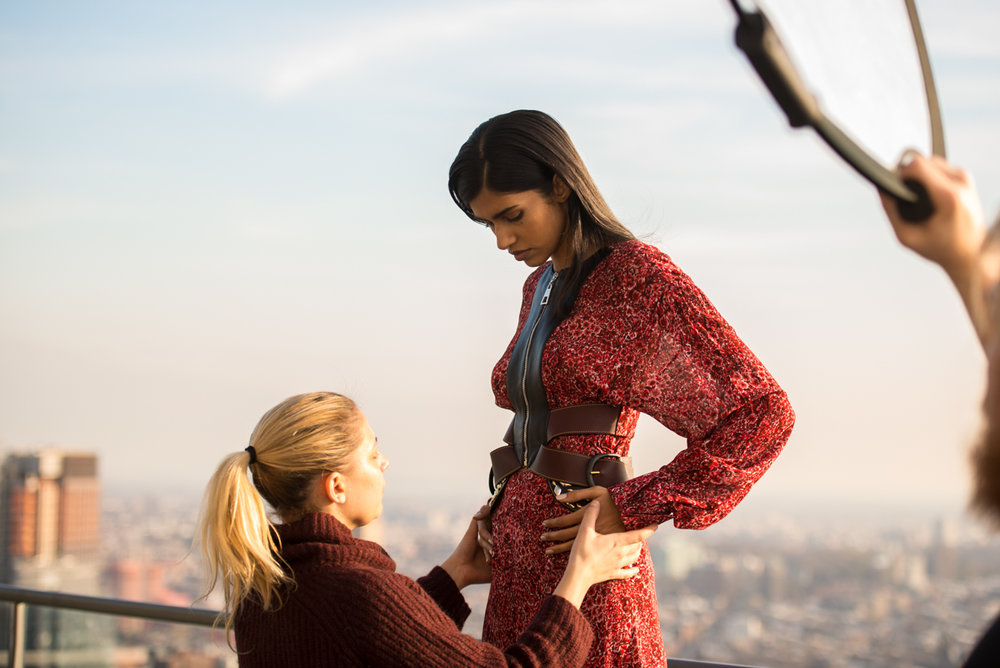
Describe what set looks like.
The hair, makeup and photography teams arrive an hour before the model. We go through the inspiration we have for the hair and makeup with the teams. Since they are professional hair and makeup stylists, we want to include them in the idea and make the decision together. I run through the looks with the photographer and how we want to shoot them. When the model arrives, we do a quick fitting to see how the looks fit on the body. Then she goes to hair and makeup, while the photographer tests the light. Once the model is dressed, we start shooting.
Where do you get inspiration for article ideas?
The inspiration can come from a location, a holiday or cultural event in another country, or a piece on the runway.
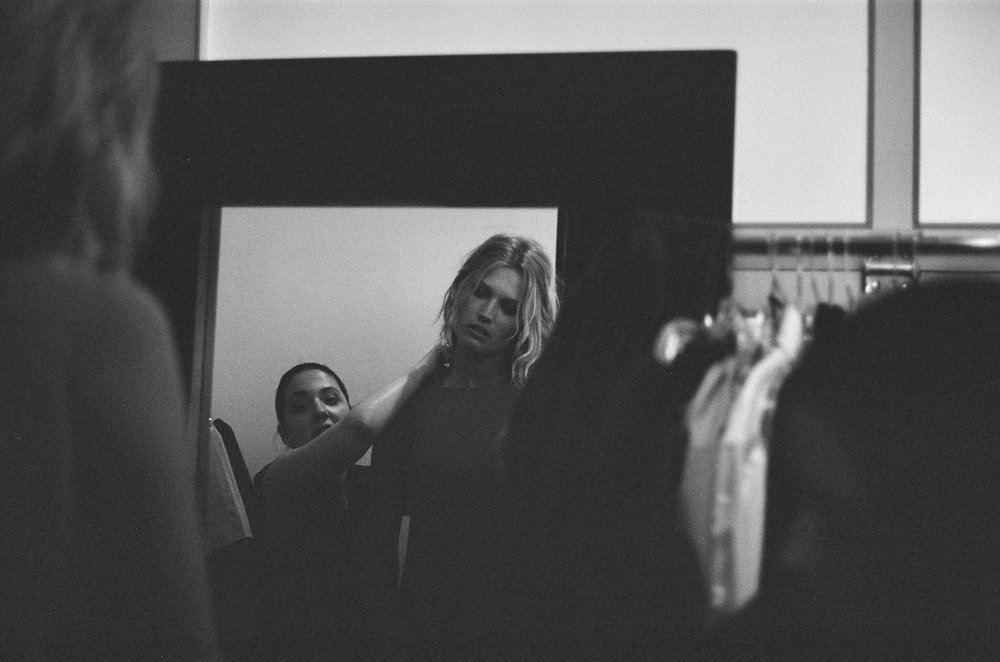
What did you learn from working with Patricia Field?
Organization is the first thing to know as a stylist. I also learned that everything happens for a reason and the importance of telling a story with clothing.
How far in advance are you working?
It depends. I mainly do Harper’s Bazaar Greece, but I also help with 12 other international editions of Harper’s Bazaar. With Greece, we work two months before the issue comes out. Sometimes, we only work 30 days out and it’s in the magazine the next month. With these editions, we work anywhere from 1-3 months in advance. I’m always working on a quick turnaround.
How do you tailor the aesthetic to each country’s magazines?
Each country have their advertisers that we must respect. We also need to consider the country’s culture. Each country has a different story and topics that they would be interested in.
How did you learn how to style and put looks together?
I think it’s an aesthetic thing. You have it or you don’t. If it looks good in your eyes, that’s how it should be. It’s not wrong or right; it’s about trying different things.
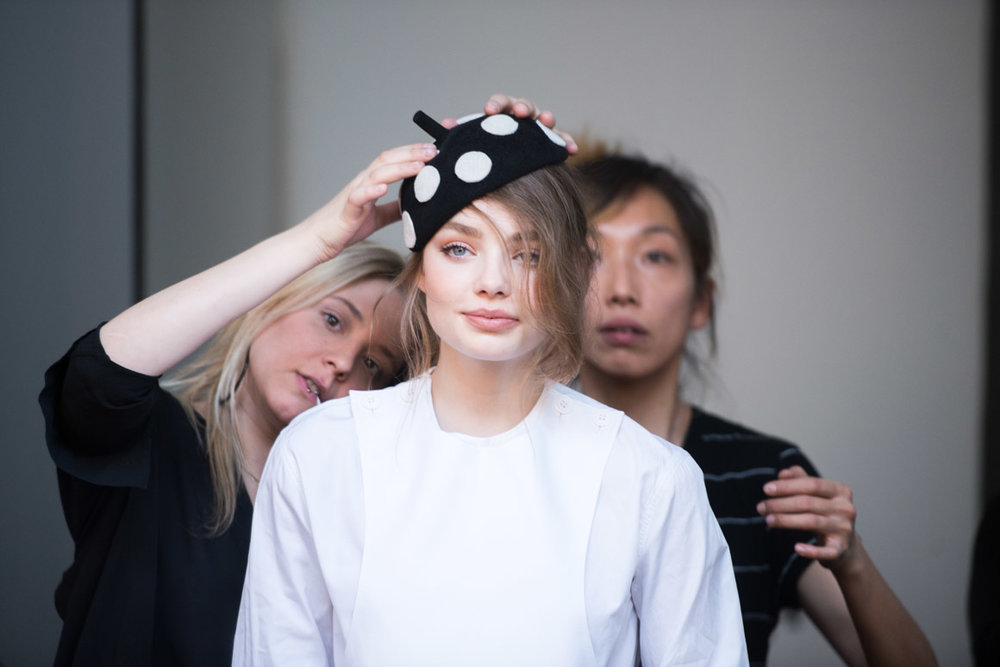
Walk me through choosing the cover girl.
It’s a conversation with the magazine. I propose a couple of girls and we see which one is right for each market and what month they will work best for. We start with 5 names and narrow down to 1. We book the cover girl and plan when the shoot will be. The looks for the models come from me. The models don’t normally have a stylist. It’s a bit different with celebrities because they may have a relationship with some brands that they’d want to feature in the shoot. You present the rack and they choose the clothing.
How was your role as a stylist different than fashion director?
It’s putting the stories together. As a stylist, you’re looking for an individual, but as a fashion director, you have to tell a story. You’ve got to be able to look at the trends and visualize how the pictures will look together.
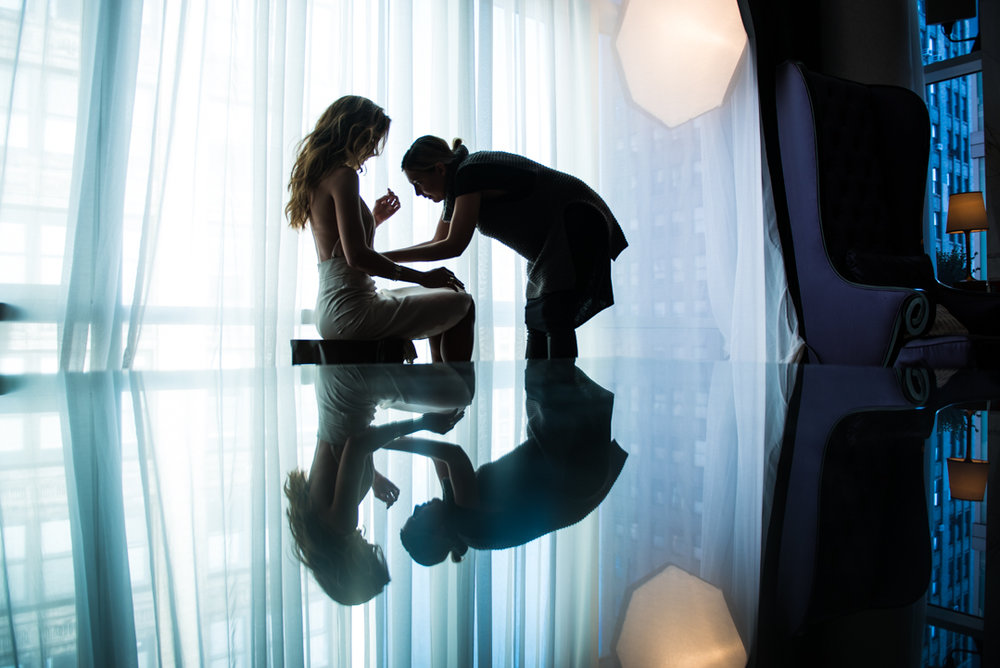
What’s next for you?
I’ve started consulting with young designers. I’ll work with them when they are creating the collection and speak to pieces I think they are missing, and how they can style them. It’s neat to see the design process and go from paper to real life.
How often do you travel, and what do you do while there.
I travel to Paris twice a year. The rest of the time, where I travel depends on the location of the shoot.
Do most of the shoots take place in NY?
Yes, more and more today the shoots are taking place in the city. All of the talent is here, and it’s much less expensive than traveling and shooting in the different countries.
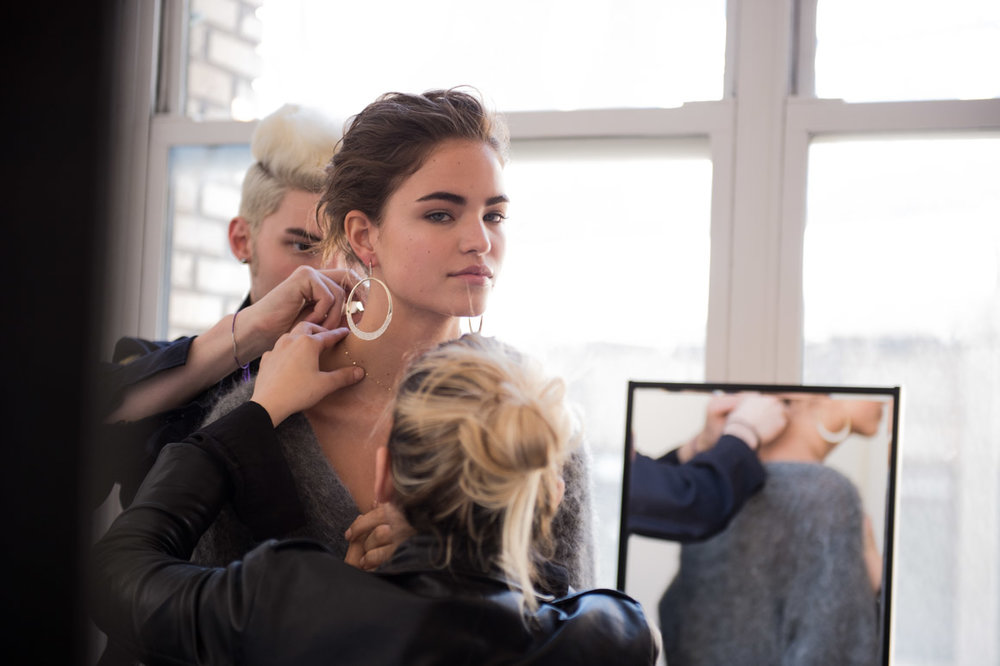
Delia Folk
BY
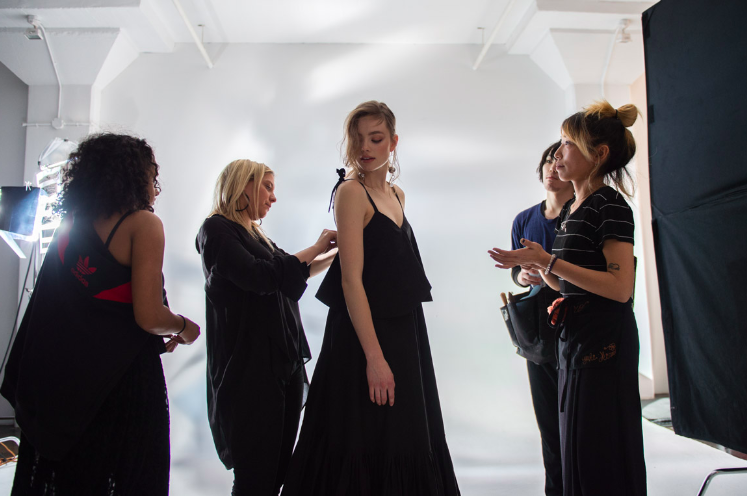
you said: